A carpenter must understand how to use tools in order to build a house, so must an artist know how to choose the right paintbrush to create a successful painting.
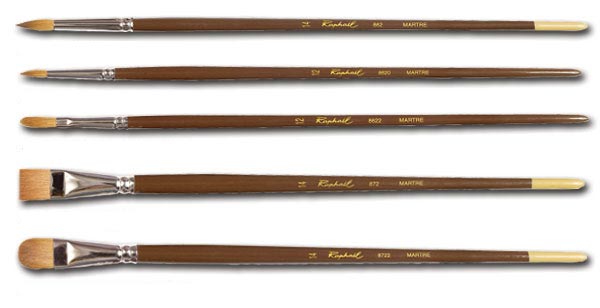
At first, knowing how to choose the right art paintbrush is a daunting task.
When I first began painting, I underestimated the importance of choosing the right paintbrush. This article will focus on the tuft ‘shape’ of the paintbrush and how it corresponds to each different use and desired painting technique.
The material that the paintbrush hairs are made of, how they are bunched together, and their length and shape all affect the characteristics of the brush. Here is a list of the duties of some of the most popular brush shapes:
Flat:
- Brush length is twice as long as the width
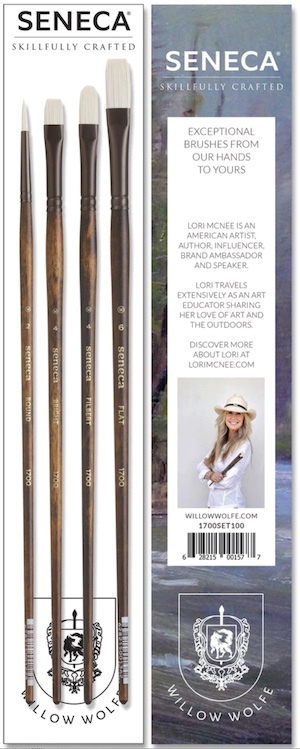
- Use for backgrounds and details.
- Use for covering large areas
- blending
Bright:
- Width equal to length allows for the most control
- Great for coverage
- Blending
Filbert:
This brush is similar to a flat but has has a round outer edge.
-
The Filbert’s shape can vary from a flatter brush with a rounded outer edge to an oval shape.
-
The Cat’s Tongue shape comes to the point for more control.
- A multi-tasking painting brush.
- This brush can take the place of a round or flat depending on the way the artist holds the brush.
Round Brushes:
Primarily used for detail and working in small spaces.
Standard Round:
- Use for shaping, details, and outlining.
Pointed round:
- Use for retouching, finishing touches and details.
- Pointed tip for coloring.
- With a high reserve, this brush is widely used for watercolours
- Worn rounded:
- Avoids “rounding”.
Script, Liner & Detail:
All three brushes are similar and used for painting fine lines. They can all be used for lettering, animal whiskers, branches, and artists’ signatures.
Script:
- The longest hair tufts.
- Holds the most paint.
Liner:
- The mid-length hair tufts.
- Compromises between fine detail and long flowing strokes.
Detail:
- The shortest hair tufts
- Offers the most control
Fan:
Fan brushes are used for shading, blurring, and glazing.
The Fan paintbrush is a thin layer of bristles spread out
in the shape of a fan.
- Fan brushes are generally used for blending and feathering colors.
- Fan brushes can be used for painting trees, branches, grasses, and detail.
- It is popular for painting hair with its ability to paint multiple flowing strands in a single stroke.
Mop:
As the name says, these brushes allow you to ‘mop’ up a lot of paint.
Usually, larger brushes are favored by watercolorists but also used with oils and acrylics.
- Used for making large washes.
- Used for blending and shading with oils.
*****
Guest author: Thank you to Christophe Bagnis, of the famed ‘Raphael’ paintbrush makers. Since 1793, Raphael brushes have provided exceptional quality and beauty with a rich history dating back to 1793.
You might also enjoy reading:
Top Paint Brush Tips from the Art Pros on Facebook
Watercolor Painting & Its Materials for the Beginner,
Painting with Acrylics – The Mystery Explained! or
How to Make Your Own Inexpensive Small Painting Panels
I also found this article informative: Artist Paint Brushes


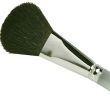

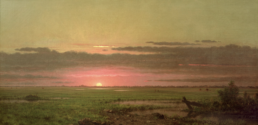
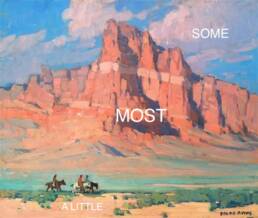
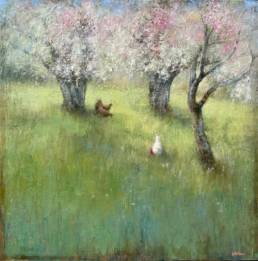
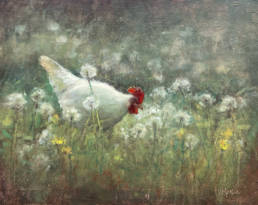
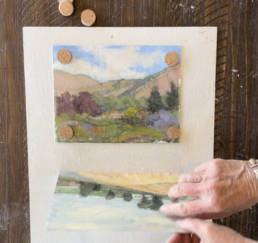
Dear Lori,
Thank you for your article on choosing the right brush. I am a beginning painter and need to know these things. I would be very interested in how to load a brush (for the different kinds of brushes, and for the various strokes possible with each type of brush), and how to hold and move the brush to apply the paint to the canvas (or panel).
Dear Lori
Could you please let me know what’s the best brushes for detail painting in oil paint
Hello Robert, my apologies for the belated reply. I would suggest a soft sable or kolinsky brush. Round shapes with a point are good for detail. I hope this helps!
Which brush to use for flicking onto paper(children)
Any longhaired brush should flick paint…even a toothbrush! Just make the paint very liquid in consistency. 🙂